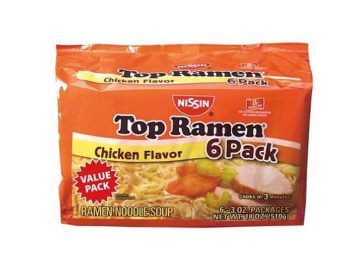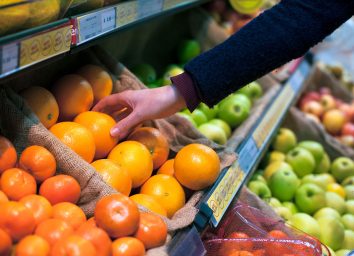13 Foods That Are Still Safe to Eat After the Expiration Date
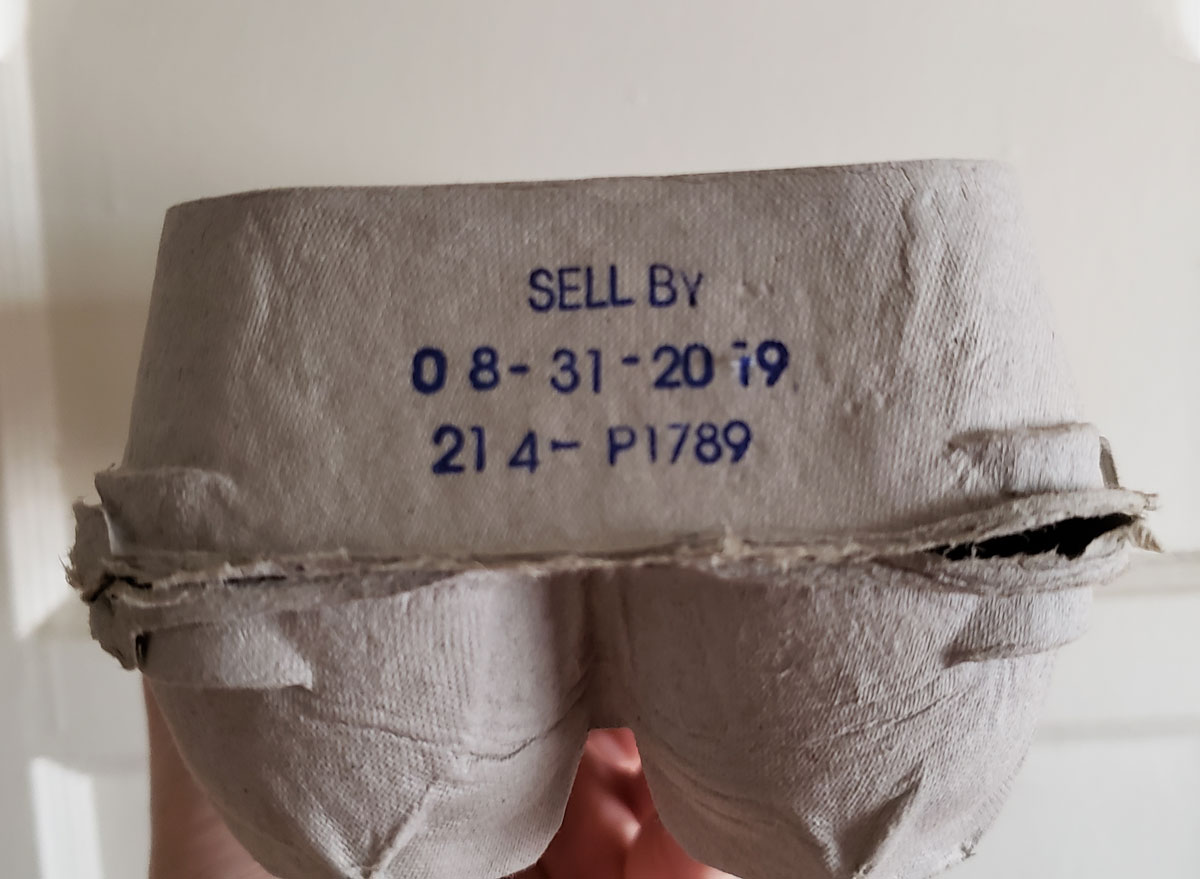
Keep it or toss it? Every food you purchase has a shelf life. With the exception of fresh produce that isn't sold in a package, virtually all food items are marked with some type of expiration date giving the consumer an idea of when they should be eaten.
However, those dates—whether they're denoted by "use by," "sell by" or "best by"—are only intended to serve as guidelines and don't actually indicate food safety. Instead, they provide a general estimate regarding when a particular food is at its peak quality. That means that basically everything can be enjoyed beyond the date you see on the packaging. (Baby formula is the only exclusion. It has a federally regulated expiration date and must be consumed within a given time period.)
Still, as you may have guessed, the period between an expiration date of some sort and when food actually goes bad varies depending on the food itself and how it is stored.
We talked to a group of food safety experts and dietitians to put together a list of the foods that don't have to go to waste after they hit their expiration date. In light of the COVID-19 pandemic, it would be nice to know if your pantry items are still good to eat so you don't have to make another grocery trip.
Below, these pros differentiate between the various forms of expiration dates, list specific foods that are particularly shelf-stable and good to have on hand, and share tips for how you can tell if your food has gone bad.
What do the different dates on your food mean?
If you've looked at the items in your pantry or refrigerator lately, you may have noticed that some have a "use by" or "expiration" date, while others say "sell by" or "best by." While all of these terms reference the quality of your food as opposed to safety, (and are intended to serve as rough estimates) they are still important to keep in mind as you shop for food and cook at home.
"Food manufacturers take things like product ingredients, the length of time it takes to distribute the product, and storage temperature when determining these dates," says Sofia Norton, RD, a registered dietitian at Kiss My Keto. "But none of this is federally regulated."
- "Use By" Dates: "This date is put on by the food manufacturer as the last date recommended for the use of the product while at peak quality. Again, eating it after the 'use by' date will not make you sick," says Toby Amidor, MS, RD, CDN, FAND and the author of The Create-Your-Plate Diabetes Cookbook. "It's a quality issue not a food safety issue."
- "Expiration" Dates: "The "expiration" date is aimed at consumers and is the last date the product can be considered fresh. After that, it's quality goes south and it may soon go bad," says Norton. "The expiration date does not mean the product is not safe to consume, but that can happen soon after this date. Think of these as rough guides."
- "Sell By" Dates: "This date tells the store how long to display the food product. You can still eat the food after the 'sell by' date has passed; however, the quality of the item (such as freshness, taste, and consistency) may not be as good as before that date," says Amidor. "If you eat the food after the 'sell by' date, the nutritional quality of the food can also be diminished (especially after a few months or even years). If you eat the food after the "sell by" date, you will not get sick. It is not an indicator of food safety."
- "Best By" Dates: "This date, again, refers to the quality, not safety, of the food," Amidor says. "The date is recommended by the food manufacturer for the best flavor and quality."
An important thing to keep in mind is that each of these dates applies to items that have been stored properly. "Keep in mind that if a food item was/is not properly handled even before the labeled dates, it still may have a chance of being contaminated," says Amanda A. Kostro Miller, RD, LDN, who serves on the advisory board for Fitter Living.
"For example, if you do not properly refrigerate milk within two hours of getting it at the store, then even the freshest milk can go bad and be unsafe to consume. It is important that we store, cook, serve and put away food items in a safe manner to avoid contamination and foodborne illness."
The types of foods that are more or less likely to go bad after their expiration date
When it comes to consuming food after its "best by," "sell by" or any other date, there really are no hard-and-fast rules to follow.
However, there are some general factors that are important to note. "The main question you should ask yourself when determining the shelf life of a food item is how susceptible it is to bacterial growth. In general, bacteria need three things to grow: food, moisture, and warmth," says Janilyn Hutchings, a certified food safety professional at State Food Safety. "When a food item has a high number of carbs or protein and contains moisture, it's more vulnerable to bacterial growth."
She says, "That means that dairy, eggs, cooked grains, cut greens, fruits, and other vegetables, many opened condiments, meat and poultry, and fish are all more susceptible to bacterial growth than other types of food. We call those kinds of foods 'perishable foods.'"
Uncooked grains, on the other hand, typically don't contain enough moisture to be considered perishable, while canned foods are sealed to keep bacteria out.
"Refrigerator temperatures don't completely stop bacteria from growing, they just slow its growth. In general, perishable foods will survive in your fridge for about seven days," Hutchings says. "Opened condiments are an exception to the rule because they're typically more acidic."
The freezer, Hutchings notes, is a slightly different story. "Freezer temperatures do stop bacteria from growing and food stored in the freezer is technically safe to eat indefinitely," she says. "The bigger question about frozen food is not if it's safe, but whether it still tastes good. The longer food stays frozen, the more its quality tends to go downhill."
What foods that are still good after their expiration date?
Below is a list of specific foods you can stock up on that will remain edible well past their "sell by" dates.
Eggs: 3-4 weeks past expiration date
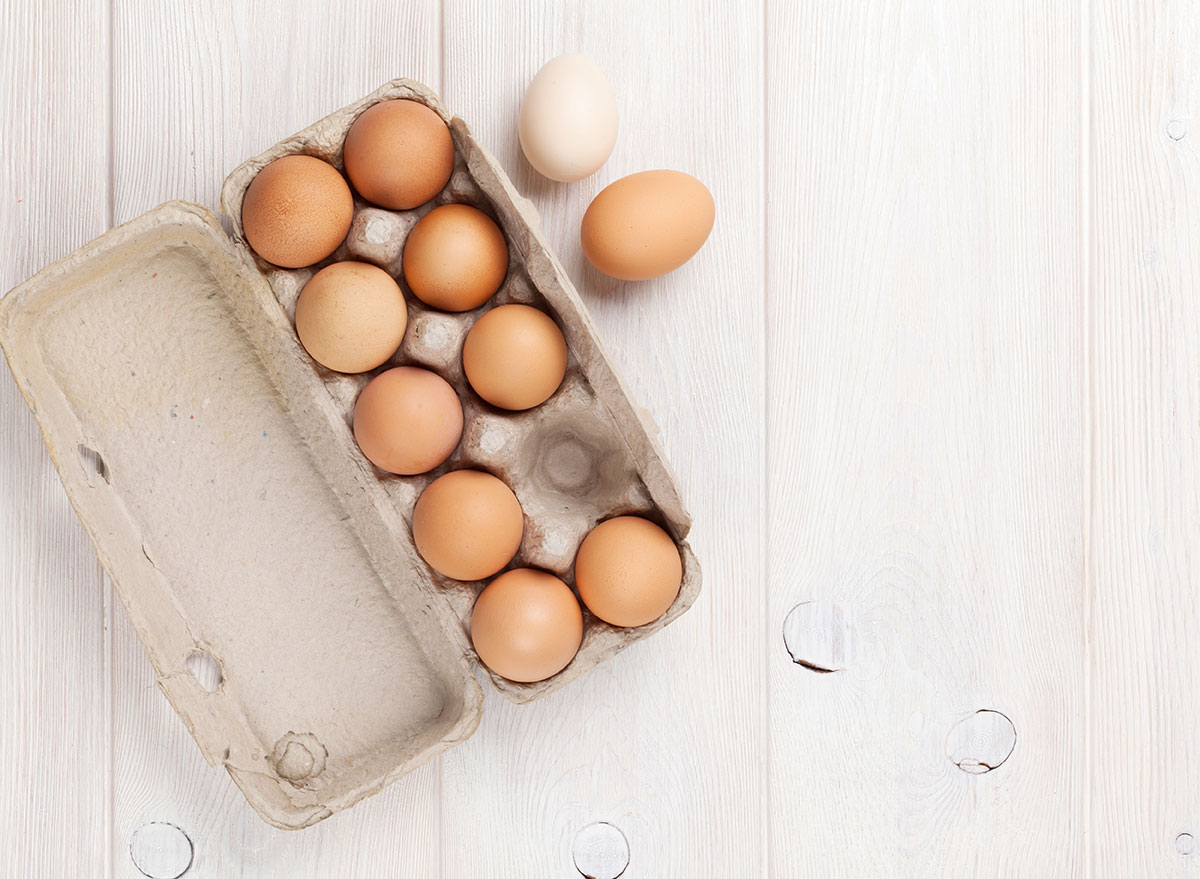
"Like most animal foods, eggs are perishable, which means they can go bad quickly," Norton says. "With proper handling, you can extend their shelf-life by a couple of days. Kept in the fridge at 40 degrees F, they can be safe to consume for four to five weeks after packaging."
Bread: 5-7 days past expiration date
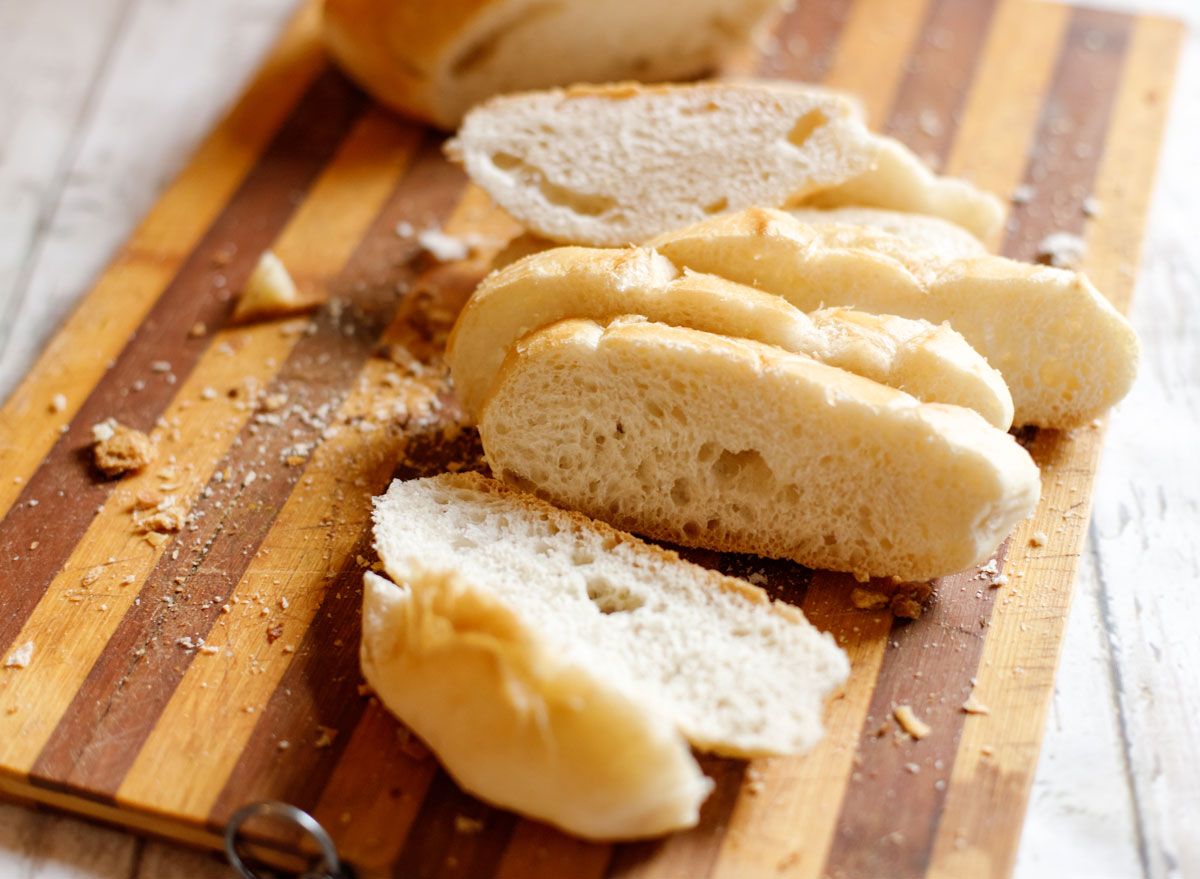
"Bread can last around five to seven days past its expiry date," says Megan Wong, RD, a registered dietitian working with AlgaeCal. "But be on the lookout for mold, especially if stored in a moist environment. It's best to store bread in a cool, dry place. And if you want to extend its shelf life, store bread in the freezer and it'll keep for three to six months. It will lose some freshness and flavor of course, but it will be safe to eat."
Canned corn: 1-2 years past expiration date
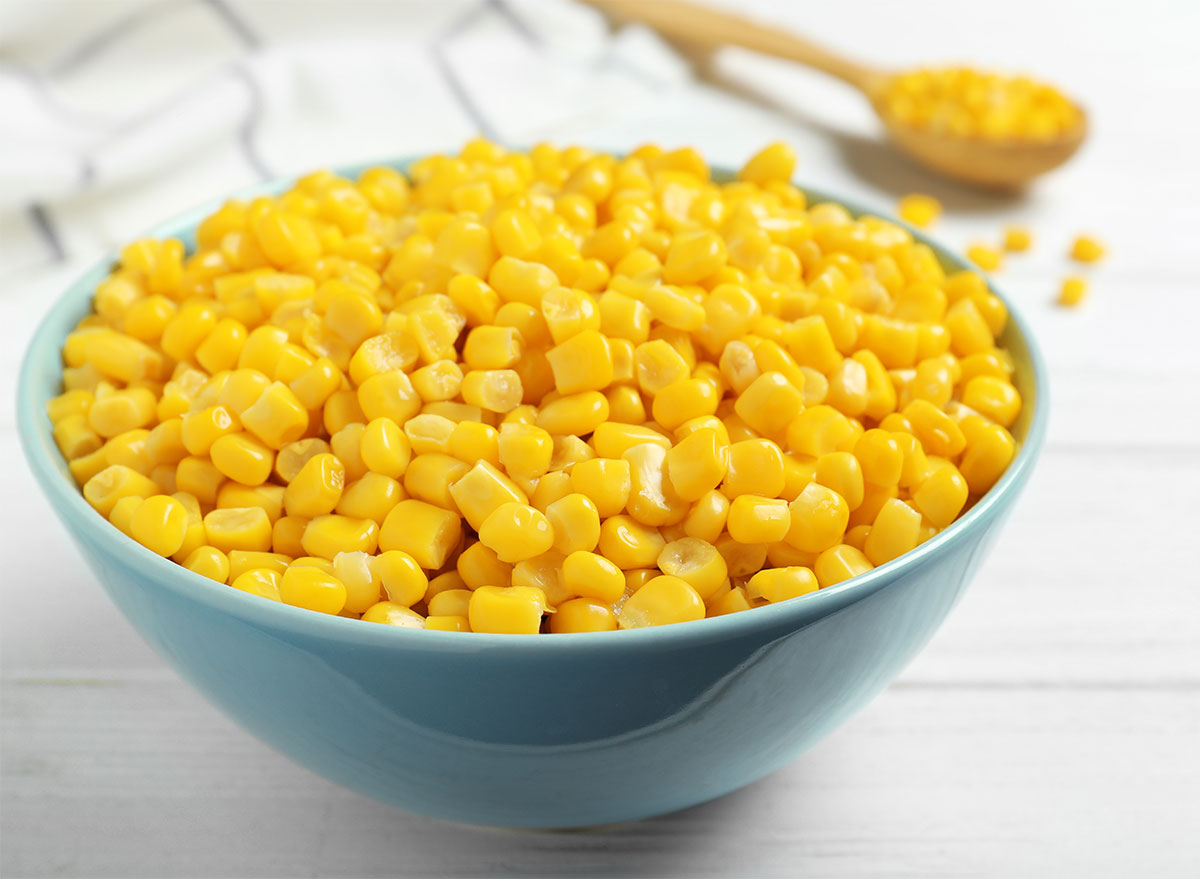
"Canned food is among the least perishable out there. Canned corn, for example, often has a best-by date of three to five years slapped on the label. But you can eat it even years after that," says Norton. "Canning kills microorganisms that cause food to spoil in the first place. Besides that, canned foods are vacuum-sealed, which means there's no oxygen to make the food brown and degrade."
Other unopened canned goods that made the cut? Beans, fruit, mushrooms, pasta sauce, chicken, and chili, according to Hutchings. "The longer the food has expired, the more likely its flavor will be affected, but it should still be safe," she says.
Cereal and granola: 1-3 weeks past expiration date
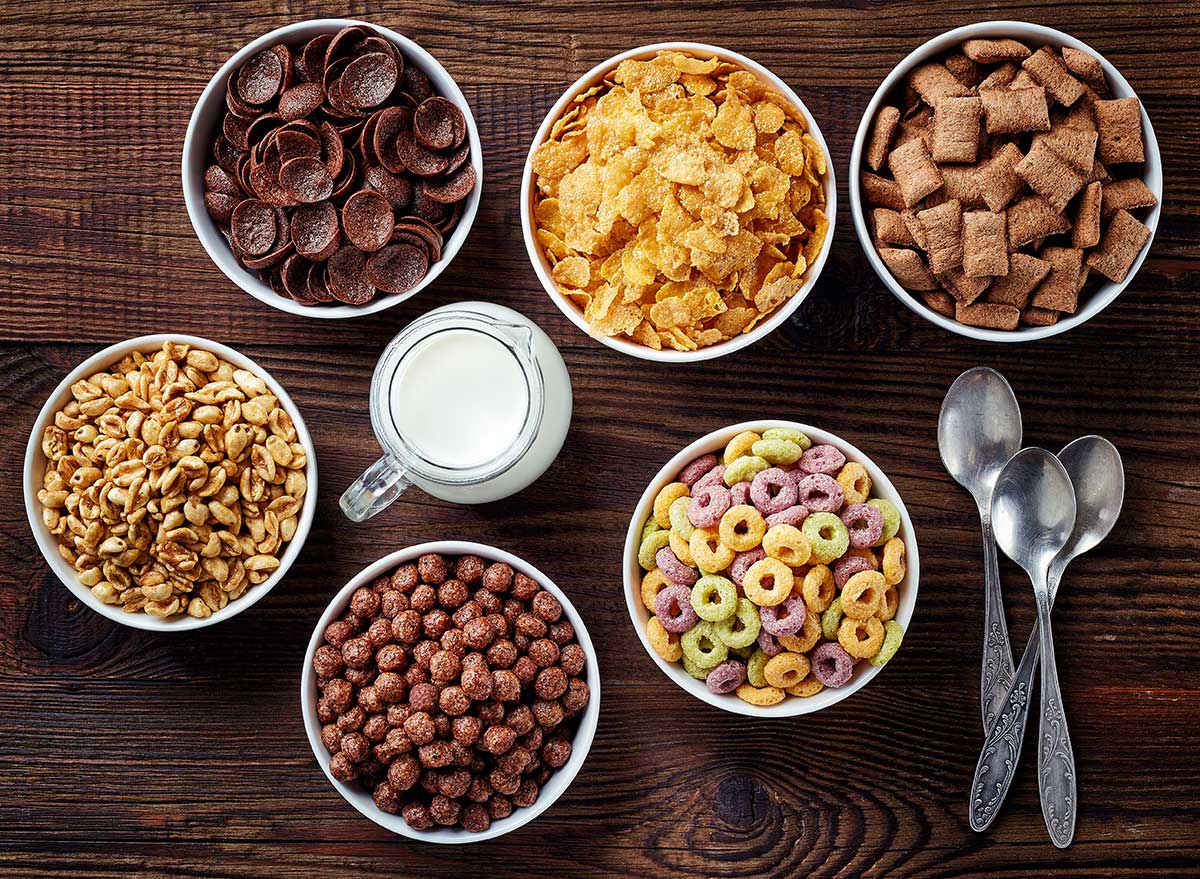
Like pasta, these dry processed foods don't contain much, if any, moisture, which contributes to their stability, Hutchings points out. The same goes for dried fruit, crackers, and chips.
Dry ingredients: 1-2 months past expiration date
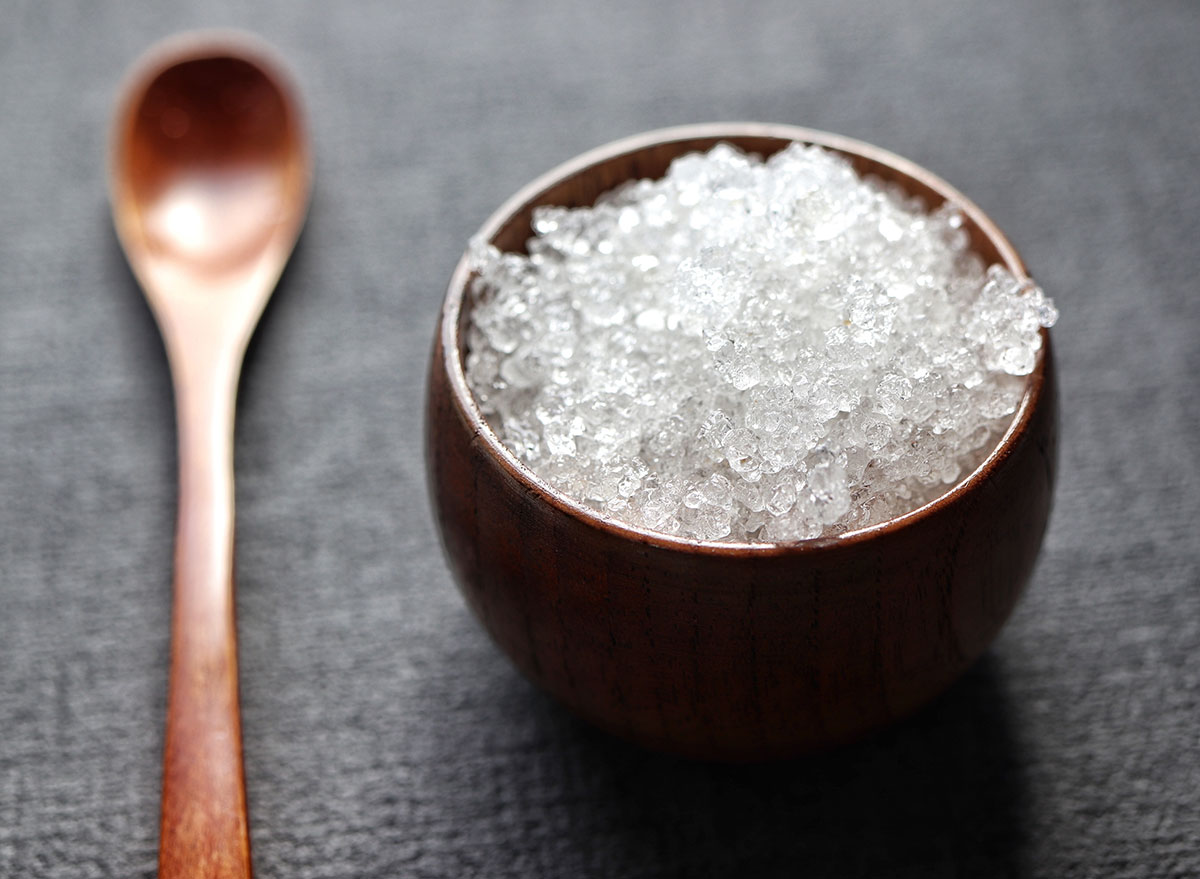
This includes items such as white flour, baking soda, salt, baking powder, and sugar. "Since there is no moisture in dry ingredients, they're less susceptible to bacterial growth in general," Hutchings says. "Salt in particular never really goes bad because it doesn't have the means to support bacterial growth and it's often used as a preservative since it's really good at preventing that growth. Don't eat any dry ingredients that have an unnatural smell or signs of a pest infestation."
Hard cheese: weeks after expiration date
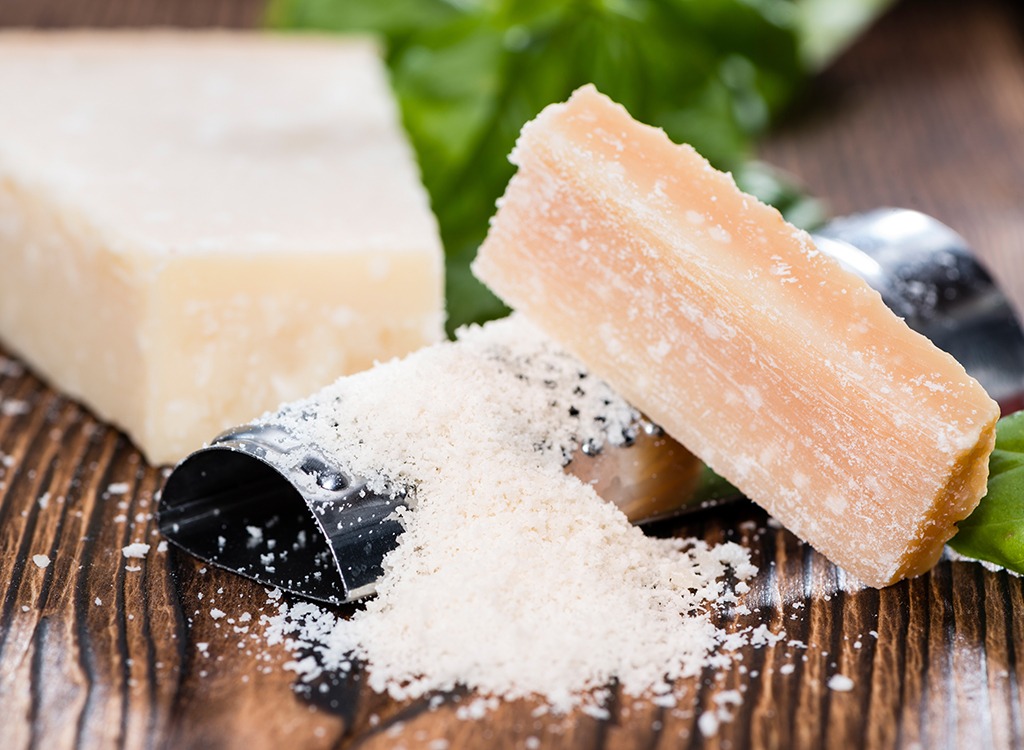
Hard cheeses, such as Parmesan, are another safe bet even if they begin to show some signs of aging over time. "Once these are past their best-by date, they may start to form a white or blue-green mold on the surface. Simply scrape off these molds or even cut the parts affected and your hard cheese is again safe to consume," says Norton. "Hard cheeses have a low moisture content, which makes it harder for bacteria to grow as most bacteria prefer moist environments."
Milk: 1 week past expiration date
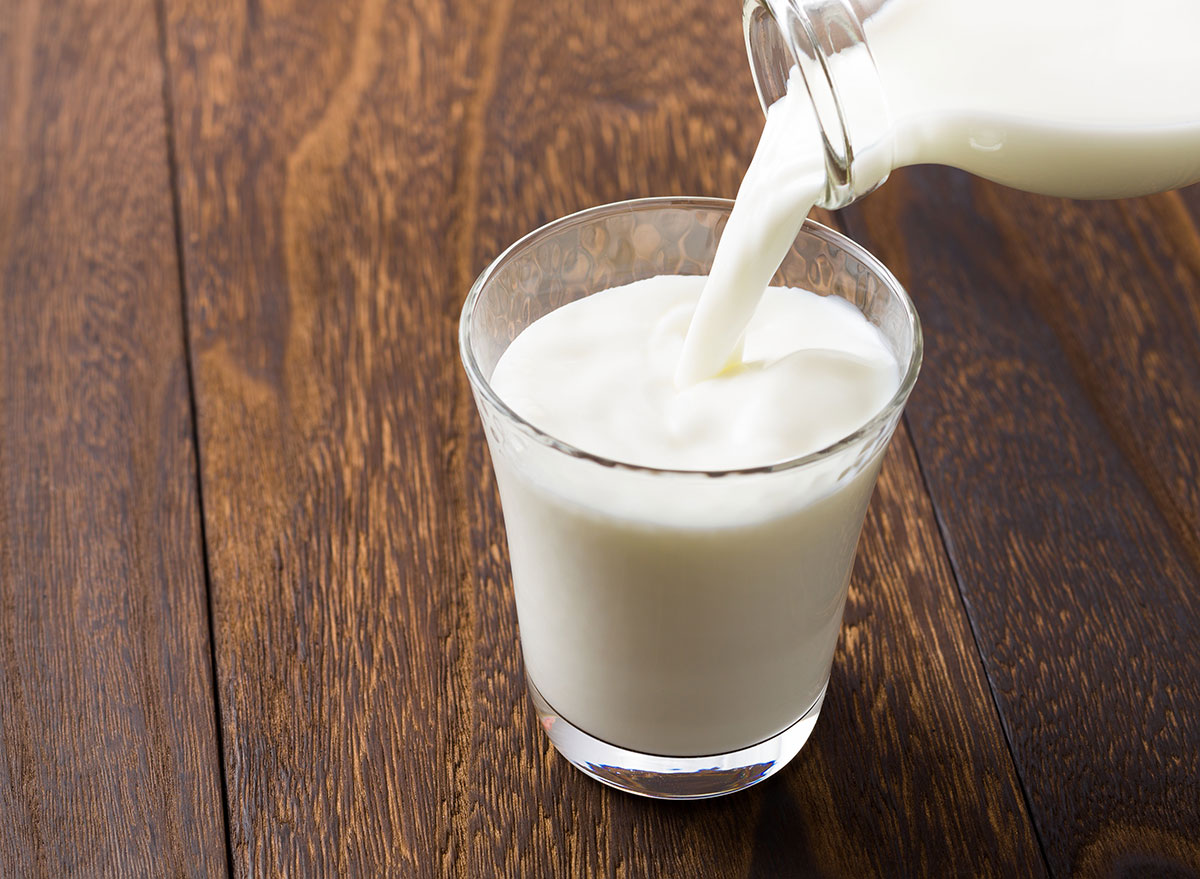
"Dairy milk can last up to a week past its expiry date," says Wong. "If you're unsure, give it a whiff to see if it's gone sour."
Nuts: weeks to months after expiration date
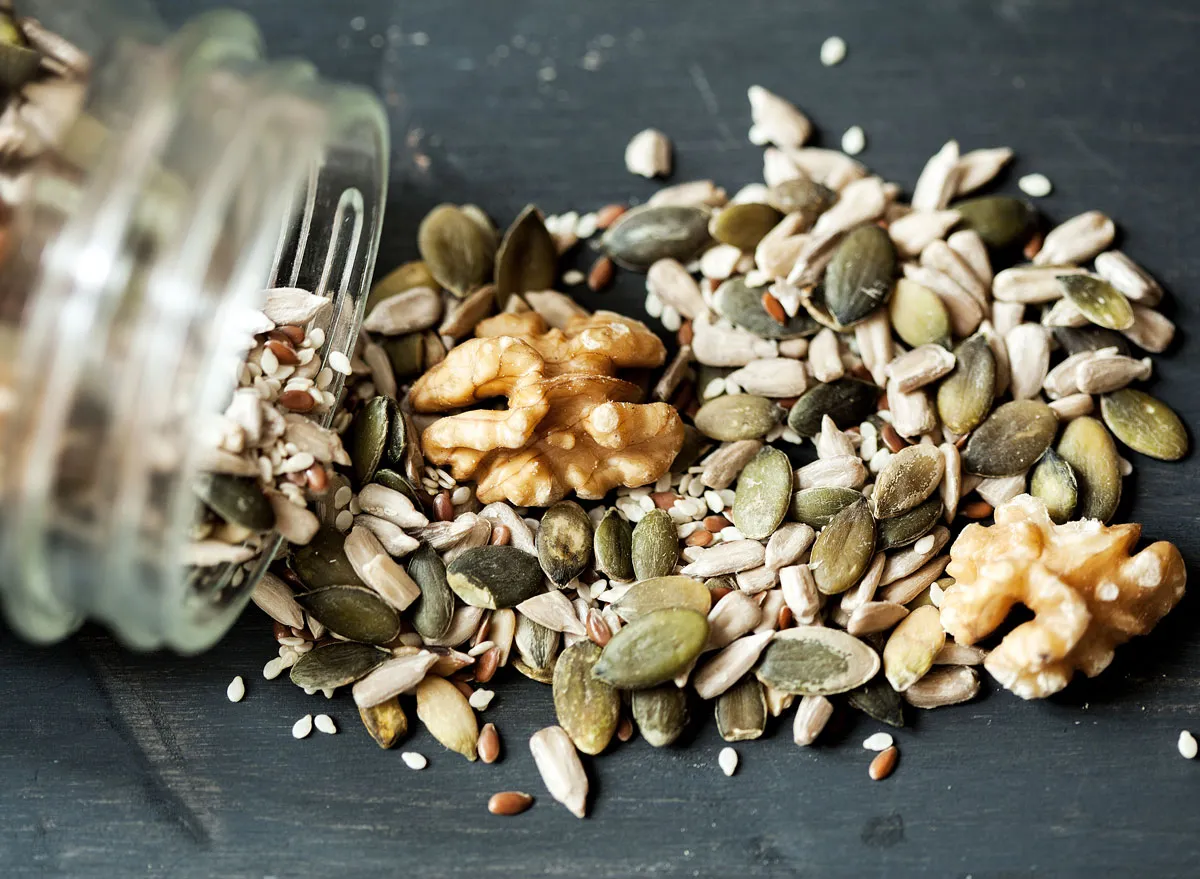
Though most nuts are fairly stable because they lack an abundance of moisture, Hutchings notes that the satiating foods are typically high in fat, which means they might need a little extra inspection if they've been idling in your pantry for an extended period of time beyond the sell by date. "Don't eat any dry processed foods that have a grassy or paint-like odor, a dark or oily appearance, or water damage to the packaging," she says.
Pasta: 2 years past expiration date
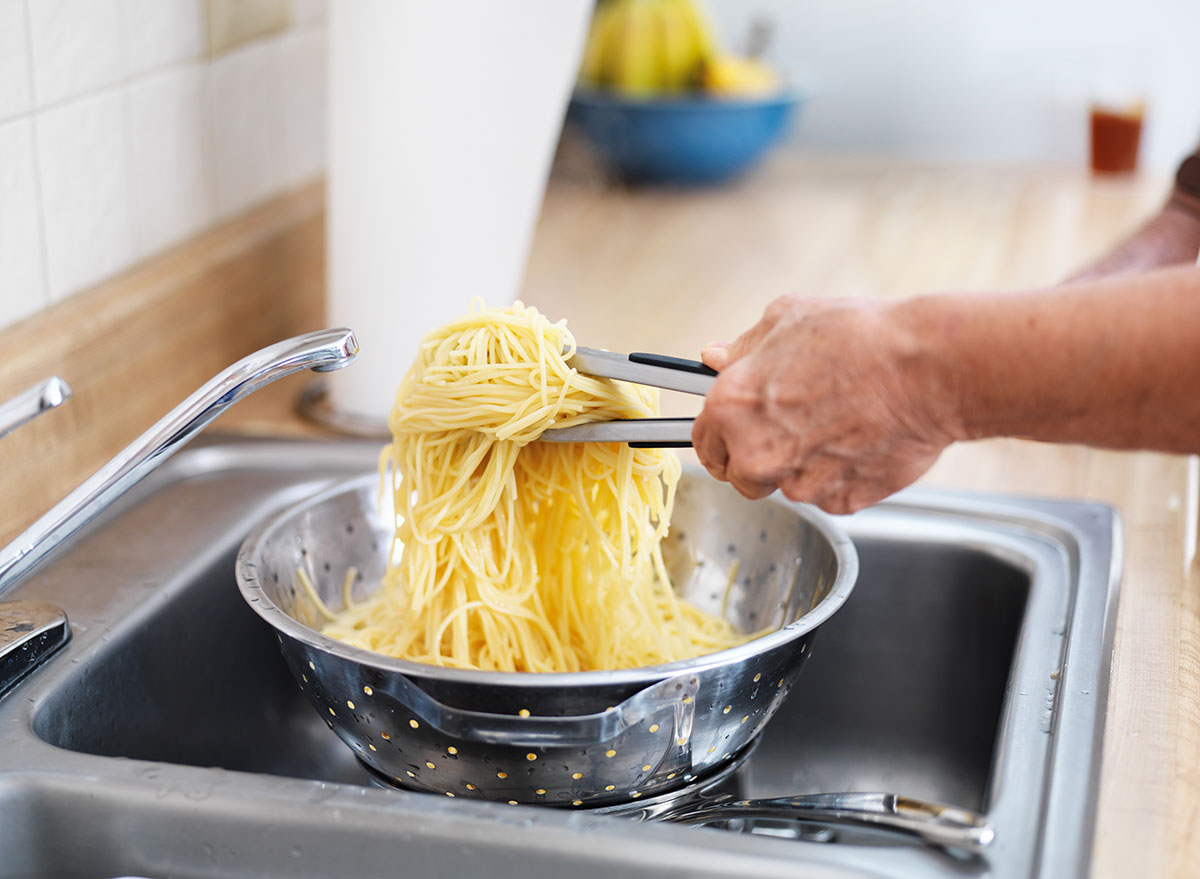
"Pasta is a dry product, which is why it doesn't spoil easily. The same holds for whole-grain pasta, as the dryness offsets rancidity," Norton says. "This is why you can safely use it past its due date, but the quality may suffer." Per Hutchings, the same goes for uncooked rice, as well as uncooked oats and oatmeal.
Root vegetables: several weeks

This includes foods like beets, carrots and parsnips. "Many root crops can last for several weeks with little effect on their taste," says Jennifer Kaplan, an Instructor at the Culinary Institute of America. "In general, the fresher the food and the more water and oil content it contains, the quicker it will spoil. That's because moisture breeds microorganisms and oils contain fats that oxidize when exposed to heat, light and air that can lead to rancidity."
Yogurt: 3 weeks past expiration
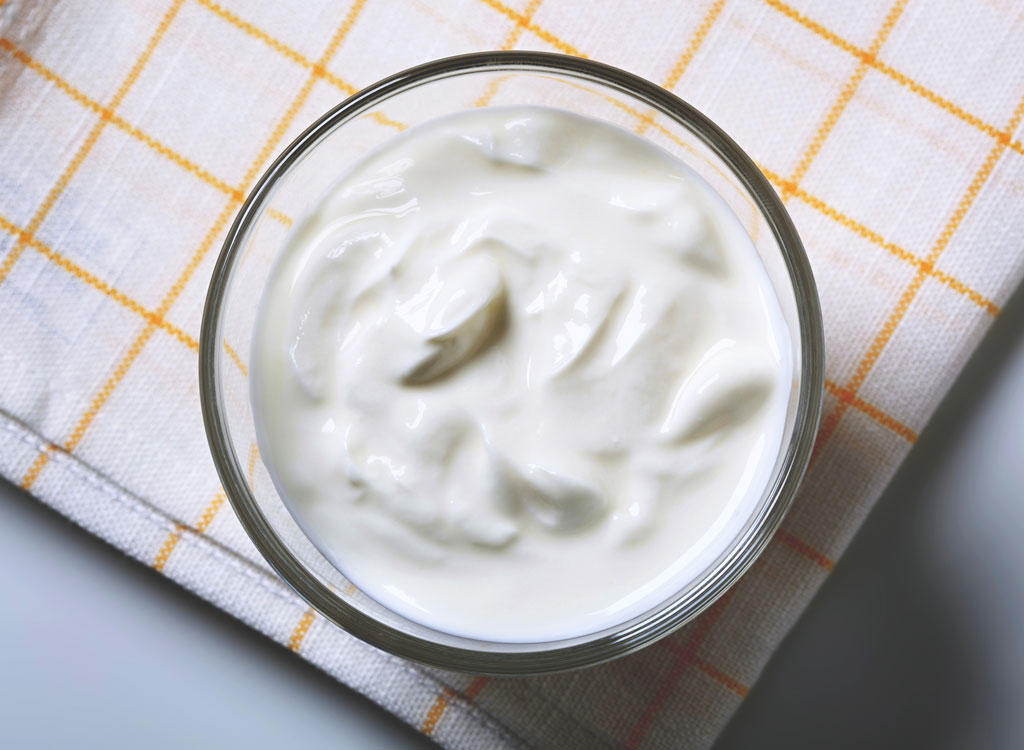
Though yogurt, which is typically dairy-based, isn't often thought of as a food that is particularly shelf-stable, it too has a lifespan beyond its expiration date. According to Norton, unopened yogurt is safe to eat for up to three weeks past its expiration date. "Yogurt is made by introducing probiotics and lactic acid bacteria, which help keep bad bacteria at bay," she says. "You may notice that your yogurt has whey that's separated from the curd—this is normal and nothing to be worried about."
Honey: indefinitely after expiration date
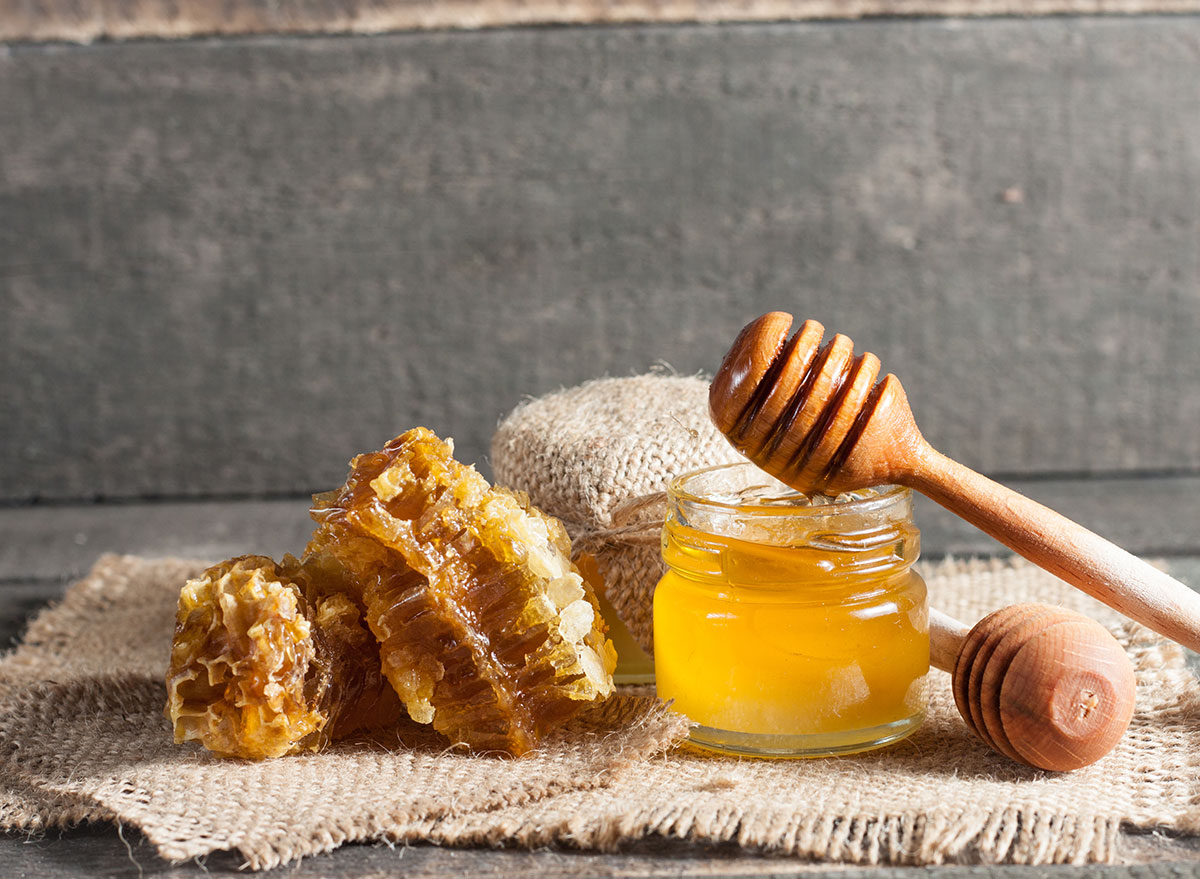
Honey is one of the foods that never go bad. It has such a long shelf life because it's a low-moisture form of sugar, which prevents the growth of bacteria and other microorganisms that typically make food go bad can't thrive in that dry of an environment. Plus, honey is acidic. The high acidity means it will kill off any other bacteria trying to survive in honey. So as long as your honey is properly sealed and stored in a dry place, it should last forever.
Marinara Sauce: 1-4 weeks past expiration date
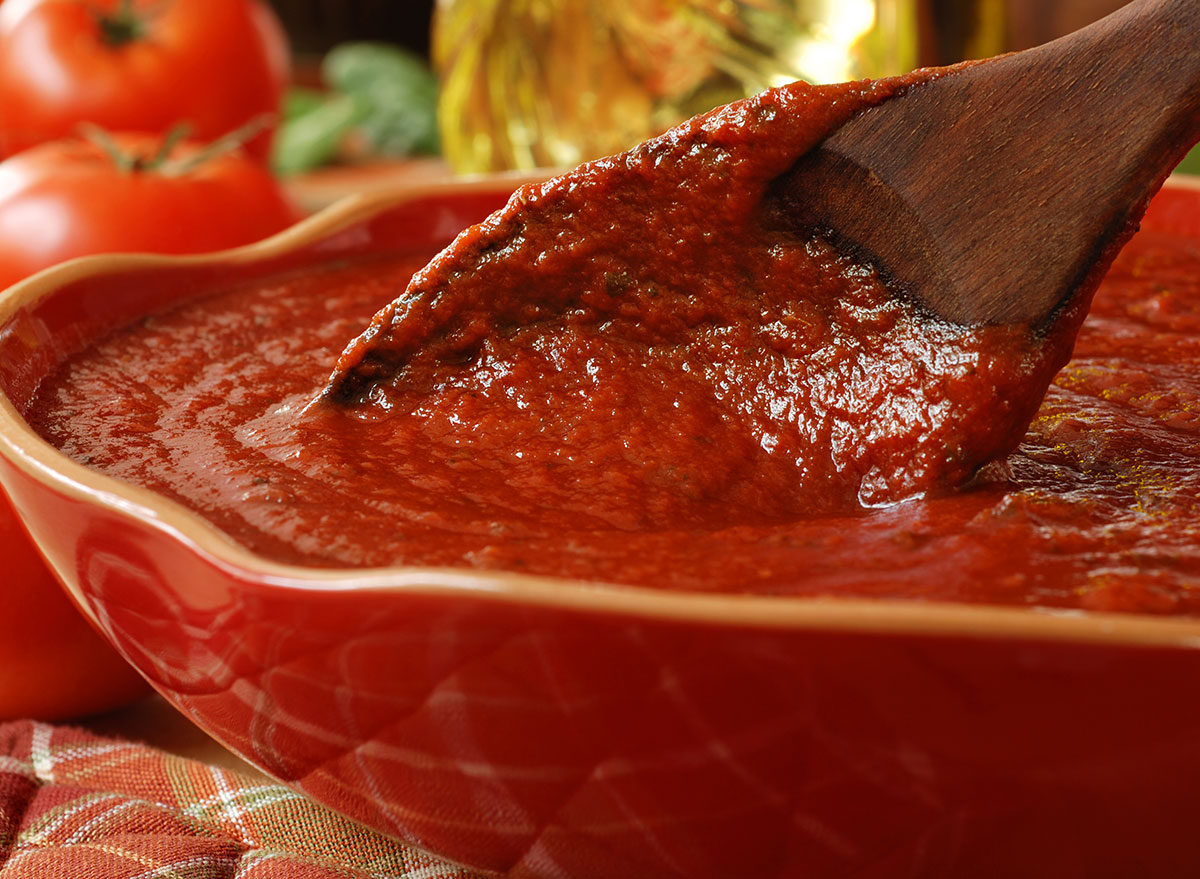
Like honey, marinara sauce is extremely acidic. This acidity helps to protect the tomato sauce from harboring spoiling bacteria. This extends the length of your marinara sauce for months after its expiration date and even for weeks after you open a jar.
How do you know if food has gone bad?
As we've established, most foods can be safely consumed for varying periods of time after their sell-by dates, however, that doesn't mean that the majority of foods won't go bad eventually.
"When in doubt, use your senses of sight, feel, and smell to check if food has gone bad. If it smells off, feels off, and looks off, chances are it is," says Norton. "For example, spoiled milk will have an unpleasantly sour or even putrid smell. Meat that has a pungent, ammonia-type smell, that's developing a green hue and is slimy is also bad."
"Look for discoloration in fruits and veggies or if they're forming mold," she says.
While canned goods typically fare better than most, there are still things consumers should look out for. "Don't eat food if the can is dented or bulging, if the lid or seal are broken, if there are streaks of dried food originating from the top of the can/jar, or if the contents of the can/jar are an unnatural color, smell unusual, contain foamy liquid or cotton-like mold (could be white, black, blue, or green) on the top of the food surface and the bottom of the lid," says Hutchings.
"Foods tend to display very apparent signs of spoilage: mold, foul odor, discoloration, and literal breakdown of structural integrity," says Devon Golem PhD, RD. "A best practice is to mark the date of opening any product and then refer to FDA information such as the FoodKeeper app to decide whether or not to discard a food product. Food waste due to ambiguous date-labeling is a big problem in the U.S. Efforts are being made to reduce this food waste, but until then, consumers need to use their best judgment and the tools available to them."
